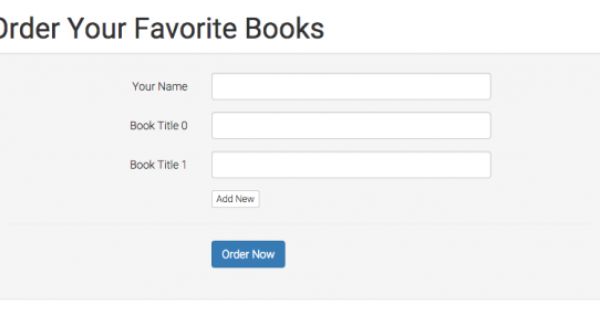Ruby Compare Arrays

Ruby hashes a hash is a collection of key value pairs like this.
Ruby compare arrays. If all the elements are equal then the result is based on a comparison of the array lengths. For example 1 1 1 will return true because the numbers on both sides represent the same value. Here we are going to learn how to compare array instances with in ruby programming language. Employee salary.
It is similar to an array except that indexing is done via arbitrary keys of any. The sort method takes a ruby block that gives you access to elements in the array so you can compare them. We talk about what the ruby array is nest arrays and array comparison common ruby array methods including the destructive and non destructive methods how they could return an new object or mutate the caller. If all the elements are equal then the result is based on a comparison of the array lengths.
In this article we will see how we can compare two array instances with the help of operator. In the last article we have seen how one can add an object into an array element with the help of operator. V1 string1 v2 string2 puts v1 v2 prints false puts hello there prints false v1 string2 puts v1 v2 prints true make sure your var2 is not an array which seems to be like. Ruby arrays are not as rigid as arrays in other languages.
Ruby arrays have a reverse method which can reverse the order of the elements in an array. Working with arrays 1 working with hashes 1 comparison operators. That result is returned for the whole array comparison. That was a public instance method.
Thus two arrays are equal according to array if and only if they have the same length and the value of each element is. In order to compare things ruby has a bunch of comparison operators. Comparison of strings is very easy in ruby. Array ruby 2 5 1.
To do the comparison you use the comparison operator. Thus two arrays are equal according to array if and only if they have the same length and the value of each element is. That result is returned for the whole array comparison. A negative index is assumed relative to the end of the array that is an index of 1 indicates the last element of the array 2 is the next to last element in the array and so on.
Ruby arrays can hold objects such as string integer fixnum hash symbol even other array objects.
















































